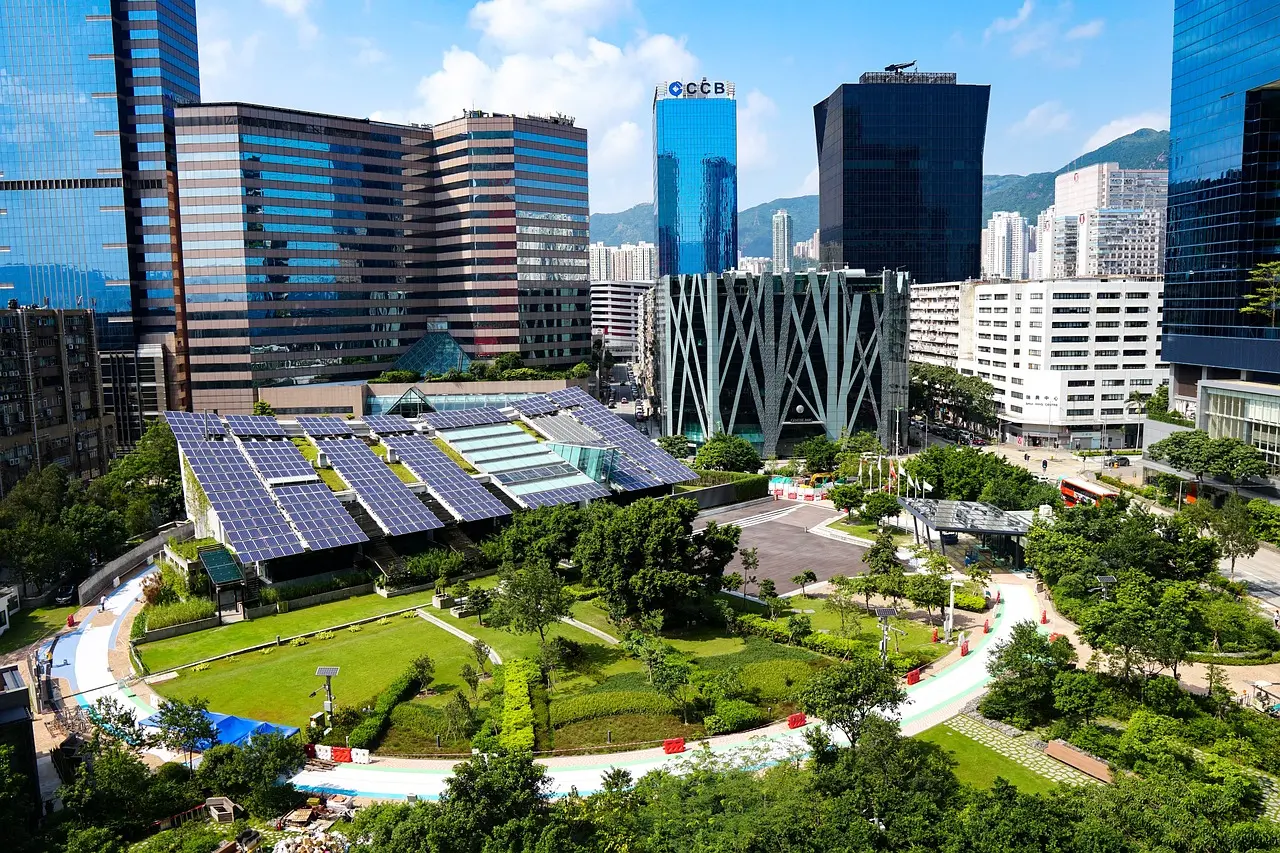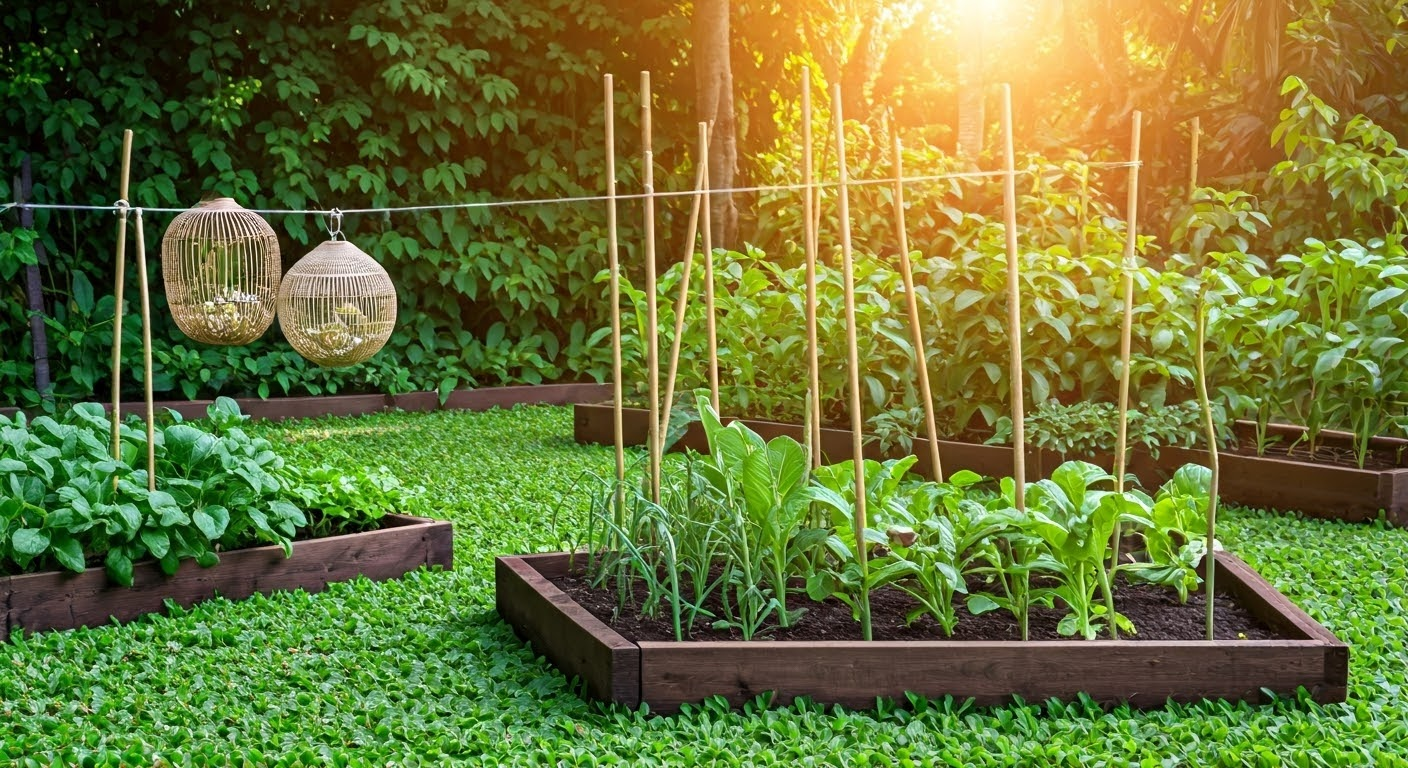Key Highlights
- Discover practical water conservation techniques for a greener lifestyle.
- Learn about the importance of water conservation, especially in areas facing shortages.
- Explore indoor and outdoor water-saving tips for your kitchen, bathroom, garden, and more.
- Find out how small changes like fixing leaks and using efficient appliances can make a big difference.
- Understand the benefits of WaterSense-labeled products and how they promote water efficiency.
- Explore FAQs about water conservation and learn how much water you can save.
Introduction
In today’s world, more people care about the environment. Water conservation is a key part of building a green future. It’s not just about saving money on your bills anymore. It’s also about living in a smart way and making sure there is enough water for the future. This beginner’s guide will give you the information and tools you need to start saving water and help improve our planet.
Understanding Water Conservation

Water conservation includes many ways to use water wisely and cut down on waste. It means paying attention to how we use water and doing things that help us reduce, reuse, and recycle this important resource.
Simple things like fixing leaky faucets are important, as are bigger projects like rainwater harvesting systems. Every little action helps. By knowing why water conservation matters and taking practical steps, we can work together for a better future.
The Importance of Saving Water in the US
The United States has plenty of freshwater, but some issues are affecting our water supply. More people are using water, climate change is a factor, and some pipes and systems are old. Because of this, many areas might face water shortages now or in the future.
Droughts are happening more often and getting worse, making the problem harder. We need to act quickly. By understanding how water resources are linked, we can put conservation steps in place. This way, we can reduce the difficulties we face and keep a reliable water supply for everyone.
Saving water isn’t just a choice; it is something we all need to do. Everyone, including people, communities, and governments, should help. If we team up, we can make sure there is enough water for future generations.
Basic Principles of Water Conservation
The key to saving water is to make thoughtful choices that lower our water use without affecting our daily needs. Using simple and effective habits in our everyday life can greatly improve our water efficiency.
One important tip is to pay attention to running water. Turning off the tap while we brush our teeth, shave, or wash dishes can save many gallons of water every day. Fixing leaks right away can also help stop wasting water.
In addition, using water-efficient appliances and fixtures is important for lowering our water footprint. Look for WaterSense-labeled products, which meet the EPA’s standards for water efficiency and performance. These little changes can add up to make a big difference in saving water.
Practical Indoor Water Saving Tips

Let’s look at simple ways to save water at home. When we add these easy tips into our daily lives, we can really lower how much water we use.
Every part of the house, from the kitchen to the bathroom, has chances to save water without changing our everyday needs. Keep in mind that every drop we save helps build a better future.
Efficient Water Use in the Kitchen
The kitchen is thought to be the heart of the home, but it can use a lot of water. With some small changes, we can cut down on our water usage in this area.
A good way to start is by improving how we wash our dishes. Instead of rinsing them under a running tap, try using a dishwasher that is full. If you wash dishes by hand, use a sink filled with water or a wash basin instead of running the water all the time.
Adding faucet aerators can also help. These small devices lower water flow without hurting water pressure. You would be surprised how much water they can save over time.
Here are more tips to save water in the kitchen:
- Thaw frozen food in the fridge overnight instead of using running water.
- Keep a pitcher of drinking water in the fridge rather than running the tap until the water gets cold.
- Use a bowl of water to clean vegetables instead of running water.
Reducing Water Waste in the Bathroom
The bathroom is a place where we can save a lot of water with just a few easy changes. By updating our plumbing fixtures and using water wisely, we can cut down on water waste and stay comfortable.
When you replace bathroom fixtures, look for the WaterSense label. This means they follow EPA standards for water efficiency. Think about getting low-flow toilets, as they use much less water with each flush than older models. Also, choose WaterSense-labeled showerheads. They give you a great shower while saving water.
Here are some more tips for using less water in the bathroom:
- Turn off the tap when you brush your teeth or shave.
- Take shorter showers instead of baths.
- Fix leaky faucets or running toilets right away.
Smart Strategies for Outdoor Water Use
Now that we talked about saving water indoors, let’s go outside. We can learn how to use water wisely in our gardens, lawns, and other outdoor areas.
By using smart watering methods, picking the right plants, and making careful choices, we can keep our outdoor spaces nice while also saving water.
Sustainable Landscaping Practices
Creating a sustainable landscape means choosing plants that do well in your local climate. You should also reduce grassy areas that need a lot of water. Using efficient watering systems is important. Think about adding drought-resistant plants and local species that need less water.
Watering your garden the right way is key for saving water. Water plants well but not too often. This helps plants grow deep roots and cuts down on evaporation. A soaker hose or drip irrigation can help. These tools send water straight to the roots, which means less runoff and evaporation.
Here are some more tips for sustainable landscaping:
- Use mulch around plants. This helps keep the soil moist.
- Collect rainwater in barrels for later use in your garden.
- Think about using permeable paving. This lets rainwater soak into the ground instead of flowing off your property.
Pool and Fountain Water Efficiency
If you have a swimming pool or fountain, there are specific measures you can take to enhance their water efficiency. By minimizing evaporation, optimizing filtration systems, and addressing leaks promptly, you can enjoy these outdoor features while conserving water.
Covering your pool when not in use is crucial for reducing evaporation, which can account for significant water loss, especially in hotter climates. Regularly check the water level indicator and add water only when necessary to avoid overfilling.
For fountains, consider installing a recirculating pump that uses the same water, minimizing water waste. Ensure that the fountain’s basin is free from leaks and that water features are adjusted to minimize splashing.
| Feature | Water Saving Tip |
| Pool | Use a pool cover when not in use |
| Check and repair leaks promptly | |
| Optimize filtration system run times | |
| Fountain | Install a recirculating pump |
| Minimize splashing from water features | |
| Regularly check for and repair leaks in the basin |
Conclusion
Water conservation is very important for a sustainable future. We can make a big difference by using simple changes in our daily routines. This way, we can cut down on water waste and help save this valuable resource. It could be about using water wisely in kitchens and bathrooms or practicing sustainable landscaping. Every effort matters. We can all work together to save water for a better tomorrow. If you want to improve your water-saving efforts, check out our beginner’s guide for helpful tips and strategies. Let’s aim for a greener future with better water use.
Frequently Asked Questions
How Much Water Can I Save with Simple Changes at Home?
You can save a lot of gallons of water with some simple changes. Fix any leaks, use WaterSense-labeled fixtures, and upgrade to an Energy Star washing machine. Reducing your shower time can also save a good amount of water.


